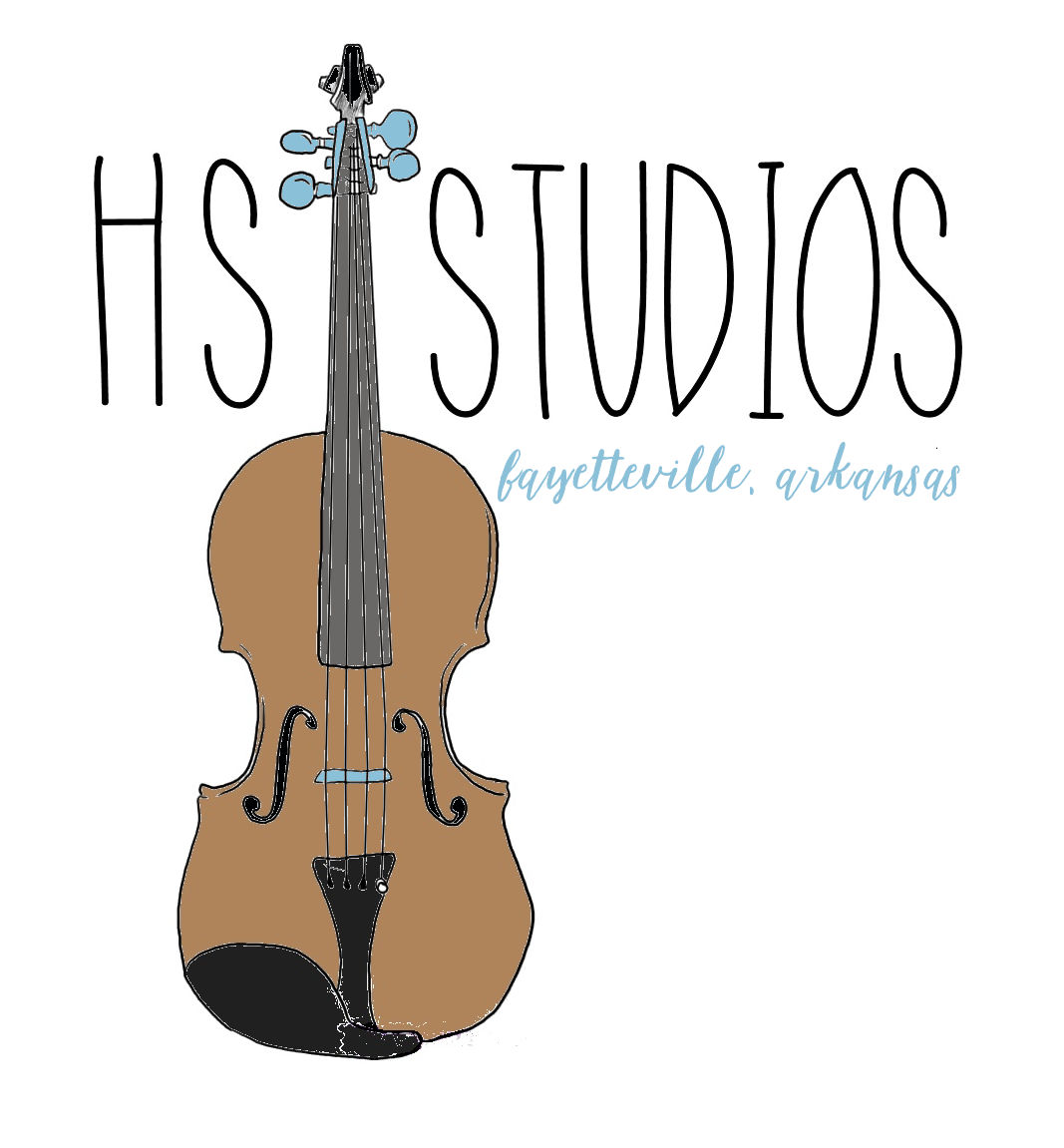SUZUKI METHOD
In 1960, a group of American musicians visited Dr. Shinichi Suzuki in Matsumoto, Japan and the course of string education was changed in our country. By applying the basic principles of language learning to teaching young violinists, Dr. Shinichi developed a method also known as the “Mother Tongue Approach.”
Parental Involvement
Suzuki marveled that “All Japanese children speak Japanese.” With this realization came Suzuki’s vision that musical talent could also be developed, and that talent was not inborn. As your child’s parent, you have the power to shape and nurture his/her talent. Suzuki parents attend lessons with the child and serve as “practice partners” during the week. The Suzuki Triangle (Child + Parent + Teacher) is a key component of a Suzuki student’s training.
Early Beginning
The early years are crucial for developing mental processes and muscle coordination. Listening to music should begin at birth; formal training may begin at age three or four, but it is never too late to become a musician
Listening
When a child is born, he/she is immersed in new sounds including the language spoken by his/her family. Dr. Suzuki was fascinated that “All Japanese children speak Japanese.” Although Japanese is a very complex language, all children speak their native language. When a child is also exposed to great music from an early age, he/she will internalize musical sounds that can be reproduced on an instrument. Suzuki students learn to play by ear before learning to read music which emulates language learning, since children also learn to speak before learning to read the printed page.
Repetition
Constant repetition is essential to playing an instrument or to learning a new language. Children do not learn to speak a word or to play a piece of music and then discard it. Instead, they learn new words or repertoire and add them to what has already been mastered.
Nurtured by Love
As with language, the child’s effort to learn an instrument should be met with sincere praise and encouragement. Each child learns at his/her own rate, building on small steps so that each one can be mastered. Children are also encouraged to support each other’s efforts, fostering an attitude of generosity and cooperation.
Learning with Other Children
In addition to private lessons, children learn to play with others during group lessons. Group lessons are a key component of the Suzuki Method which provides a sense of community. Students learn mutual respect, leadership, teamwork, ensemble skills, performance skill, technical skills, and much more!
Standard Repertoire
Pieces in the Suzuki repertoire are designed to address specific technical problems to be learned in the context of the music rather than through dry technical exercises. The graded repertoire is a work of genius! Suzuki teachers receive extensive training concerning the purpose of each piece, the skills that must be taught and how to teach both the parent and the students from a loving perspective.
